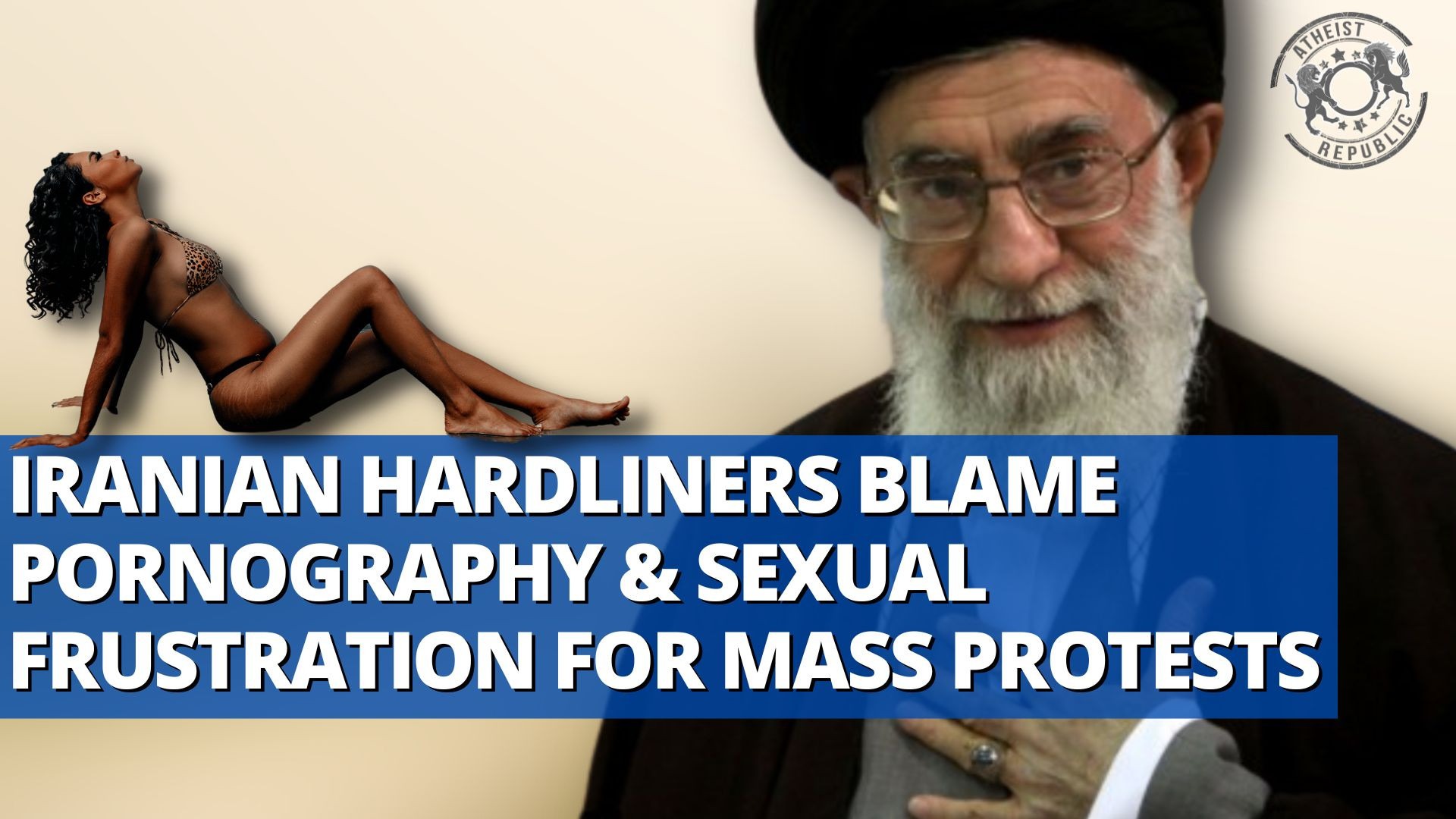
Pro-regime pundits in Iran blame sexual agitation, computer games, and remote learning because of the pandemic for the ongoing protests.
The head of the bust of the first Supreme Leader of #Iran Ayatollah Khomeini was ripped off and captured by the protesters in #Neyshabur city.#SouthAzerbaijan #Iran #IranProtests #HadisNajafi #MahsaAmini #مهسا_امینی #OpIran #EndIranRegime pic.twitter.com/BLuuvdnO24
— Voice of South Azerbaijan (@VoiceofSAz) October 14, 2022
Ali-Akbar Raefipour, head of the Masaf Institute, a hardline research institute, is a leading perpetrator of this venereal misinformation.
In an interview posted in Aparat, an Iranian video-sharing service, Raefipour claimed that the issue started during the covid lockdowns. “Teenagers sat at home and couldn’t go anywhere, then they were sexually aroused by the internet,” Raefipour claimed.
Raefipour explained that the street protests result from “the discharging of sexual urges onto the issue of women.” “What is happening is that these two factors have met,” he added.
In July, protests sparked across Iran over the harsher implementation of the country’s hijab policy. Hundreds of protesters, mostly women, went to the street to show their unwillingness to bend to the regime’s backward policy.
In September, 22-year-old Mahsa Amini went into a coma and eventually died after being arrested by the Morality Police for not wearing a hijab “properly” in public. Her death became a catalyst, fueling more support and more widespread protests.
Amini became the image of Iran’s fight against the Islamic regime. But she was not the last victim. In the following months after her death, more women were arrested and died at the hands of Iran’s morality police, including the 17-year-old Nika Shahkarami.
Raefipour, along with other pro-regime political figures, is dismissing the protests as a sexually driven violent campaign and western media.
“When the country’s economy and everything else is Western, why not also the way that people dress,” he claimed.
Hamid Rasaee, a former Iranian parliament member, said the women protest because they want “to sleep with somebody each night and behave like animals.”
Mohammad Sadegh Kushaki, a professor at Imam Sadigh University and a Khamenei loyalist, blamed the “lack of identity and values” of Iran’s youth. “Some of these young people and teenagers, who are seriously harmed by a lack of identity and values, were at the core of recent unrest,” Khaki said.
“That is why their slogans do not match the demands of the people and are limited to going to swimming pools, mixed-gender parties, and removing the hijab,” he added.
